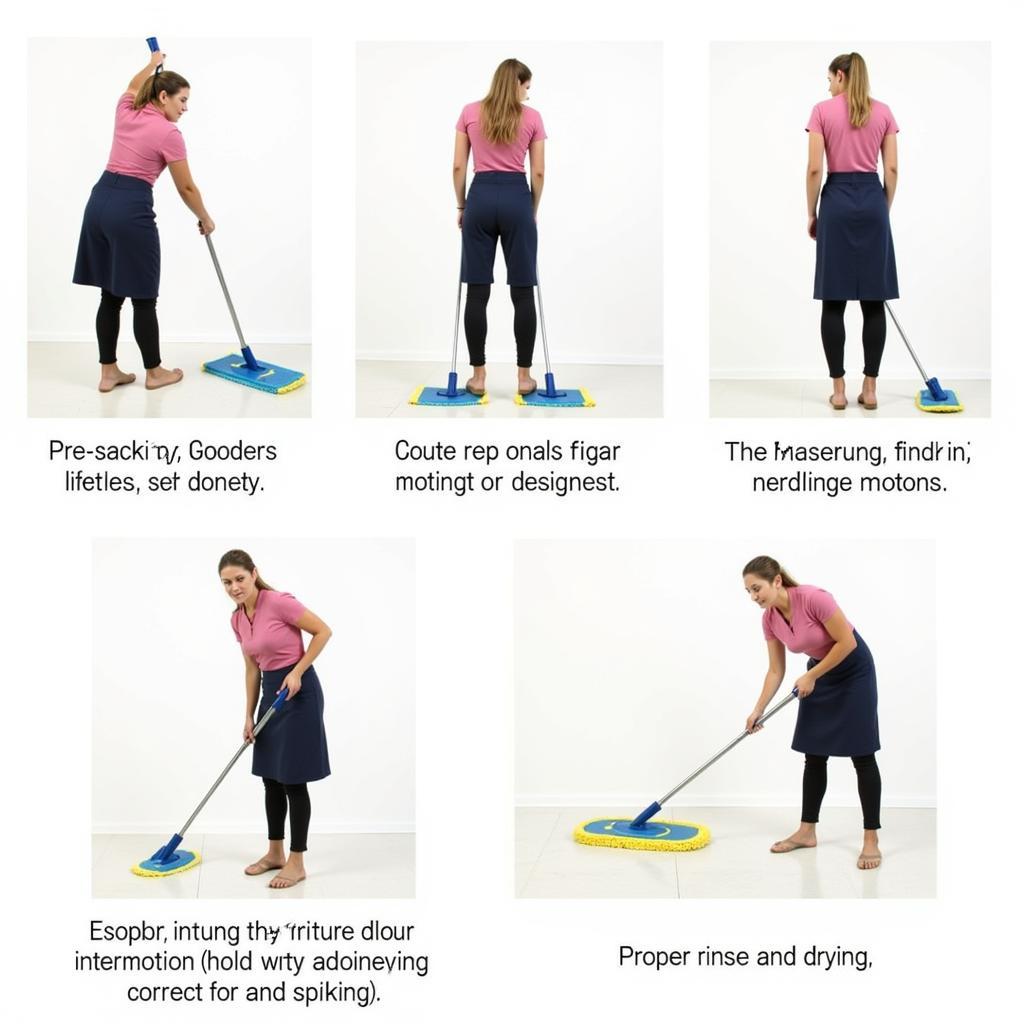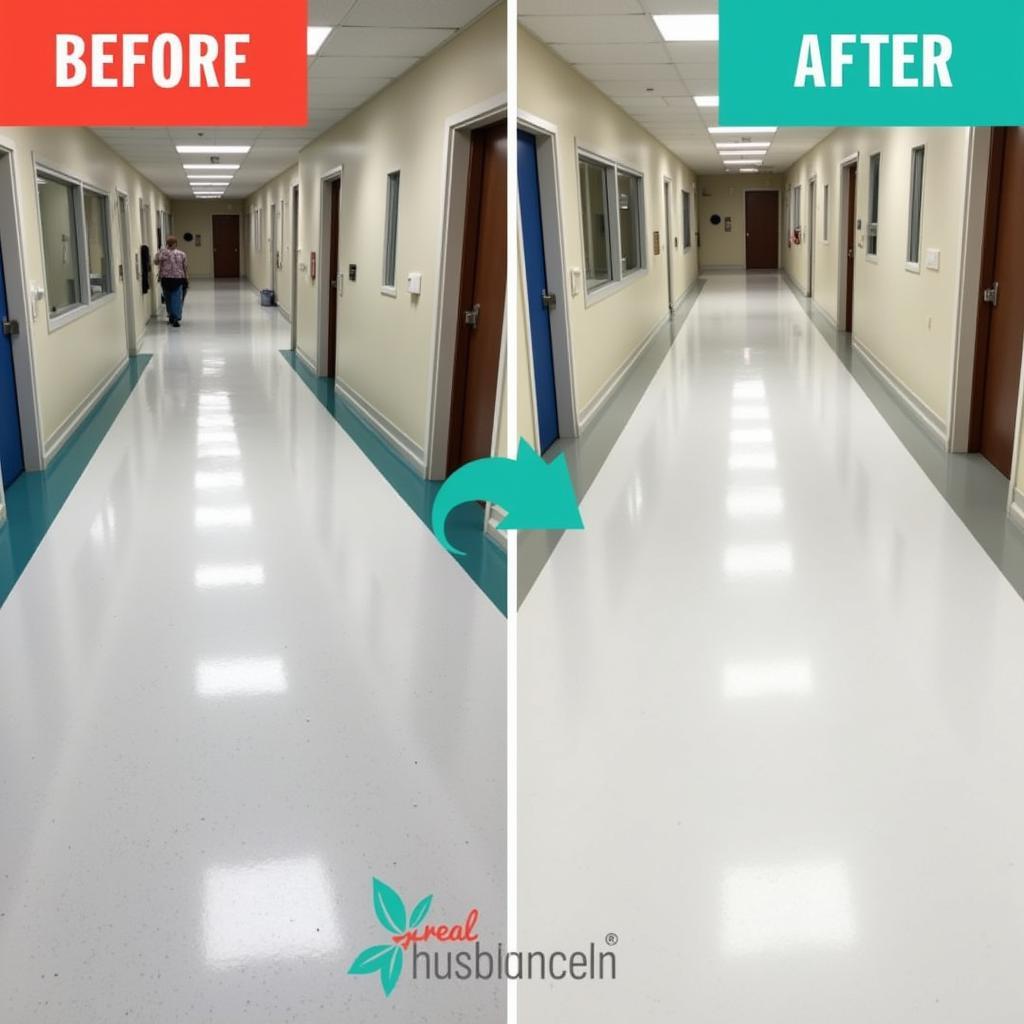A clean hospital environment is crucial for patient safety and recovery. A key element in achieving this is using the correct hospital mop. This article delves into the importance of hospital mops, the different types available, and best practices for their use and maintenance.
Choosing the right mop for your hospital isn’t as simple as it sounds. There are various factors to consider, from the type of flooring to the specific cleaning needs of different areas within the hospital. A one-size-fits-all approach simply won’t cut it. Using the appropriate mop can significantly reduce the spread of infection and contribute to a healthier environment for both patients and staff. Understanding the nuances of hospital mops, from their construction to their application, empowers you to make informed decisions and uphold the highest standards of cleanliness.
Types of Hospital Mops and Their Applications
Different areas within a hospital require different cleaning protocols and, consequently, different types of mops. For instance, operating rooms demand the highest level of sterility, necessitating specialized hospital mops designed for single-use or rigorous sterilization. High-traffic areas like hallways and waiting rooms, on the other hand, might benefit from durable, reusable mops designed for frequent cleaning. Understanding these distinctions is paramount for effective hygiene management.
- Microfiber Mops: Known for their superior absorbency and ability to trap dust and bacteria, microfiber mops are ideal for general cleaning and disinfecting.
- Disposable Mops: These are essential for areas requiring strict infection control, such as isolation rooms and operating theaters.
- Flat Mops: Offering excellent coverage and maneuverability, flat mops are suitable for large floor areas and can be used with various cleaning solutions.
Best Practices for Hospital Mop Usage and Maintenance
Proper mop usage and maintenance are crucial for maximizing their effectiveness and longevity. Simply using a mop isn’t enough; knowing how to use it correctly and how to care for it afterwards is equally important. This ensures optimal hygiene and prevents the mop from becoming a vector for contamination.
- Pre-Soaking and Solution Preparation: Always pre-soak the mop head in the appropriate cleaning solution before use. Ensure the solution is prepared according to manufacturer instructions for optimal disinfection.
- Mopping Technique: Use a figure-eight motion for efficient cleaning and to avoid spreading contaminants. Overlapping strokes ensure complete coverage.
- Rinsing and Drying: Thoroughly rinse the mop head after each use and allow it to dry completely to prevent bacterial growth.
 Proper Hospital Mop Usage and Cleaning
Proper Hospital Mop Usage and Cleaning
Choosing the Right Hospital Bed Casters for Mobility and Hygiene
While mops address floor hygiene, hospital bed casters play a crucial role in patient mobility and overall cleanliness. Smooth-rolling casters facilitate easy transport of patients, reducing strain on staff and improving patient comfort. Furthermore, selecting casters made from materials that are easy to clean and resistant to bacterial growth contributes to a more hygienic environment.
The Crucial Role of Housekeeping in a Hospital Environment
A clean hospital is more than just visually appealing; it’s a fundamental component of patient safety and well-being. The housekeeping staff plays a pivotal role in maintaining this crucial aspect of healthcare. A detailed job description for housekeeping in a hospital outlines the responsibilities and expectations for this essential role, emphasizing the importance of meticulous cleaning and disinfection protocols.
 The Importance of Housekeeping in a Hospital
The Importance of Housekeeping in a Hospital
Maintaining Gleaming Floors with Hospital Floor Polishing
Beyond regular mopping, hospital floor polishing is a key component of long-term floor maintenance. Proper polishing not only enhances the appearance of the floors but also protects them from wear and tear, contributing to their longevity. This proactive approach to floor care ensures a clean, safe, and aesthetically pleasing environment for patients, staff, and visitors alike.
 The Benefits of Hospital Floor Polishing
The Benefits of Hospital Floor Polishing
In conclusion, choosing and maintaining the right hospital mop is a vital aspect of infection control and overall hygiene. By understanding the different types of mops available and adhering to best practices for their use and care, hospitals can ensure a cleaner and safer environment for everyone. Implementing a comprehensive cleaning strategy, which includes selecting appropriate hospital bed casters and prioritizing regular floor polishing, further enhances hygiene and contributes to a healthier healing environment.
For any inquiries or assistance regarding hospital cleaning solutions, please contact us at Phone Number: 02437655121, Email: [email protected] or visit us at: 298 Cau Dien Street, Minh Khai Ward, Bac Tu Liem District, Hanoi, Vietnam. We have a 24/7 customer support team.